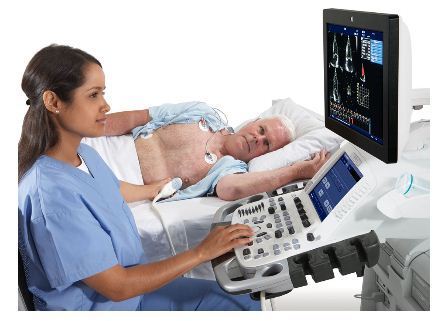
Introduction
Your heart, the tireless engine of your body, deserves the best care. And when it comes to understanding its health, 2D echocardiography (2D Echo) is a valuable tool. This painless, non-invasive imaging technique offers a real-time window into your heart’s chambers, valves, and blood flow, providing crucial information for diagnosis and treatment.
What is 2D Echocardiography?
2D Echo uses sound waves to create detailed images of your heart in motion. A transducer, a handheld device resembling a microphone, is placed on your chest. It emits sound waves that bounce off your heart structures and return to the transducer. These echoes are then converted into electrical signals and processed by a computer to create a moving image on a screen – your heart’s live performance!
What can 2D Echo Reveal?
This powerful technique can uncover a range of heart conditions, including:
Benefits of 2D Echocardiography:
Copyright ©2023 – Plasma Medinostics. All Rights Reserved. Developed and designed by Buzzing Brands